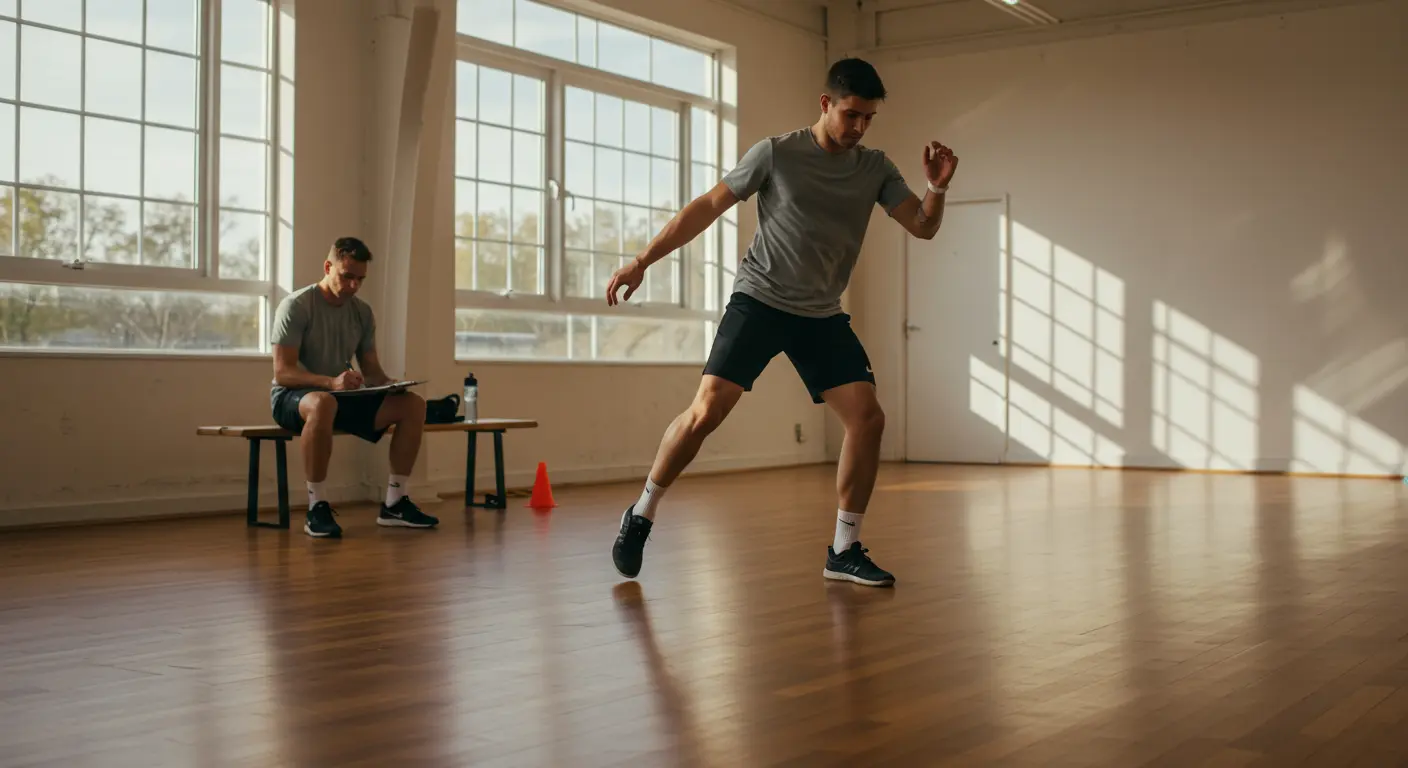Understanding the 180 Degree Turn – Definition and Applications
What is a 180-Degree Turn?
A 180-degree turn, also written as 180°, represents a complete reversal of direction—a moment where an object or person pivots to face the exact opposite way.
In mathematical terms, this translates to a rotation of π radians. This movement appears across many fields—from sports and dance to aviation—where precision matters most.
Beyond the physical realm, making a ‘180’ has become synonymous with dramatic reversals in opinion, strategy, or life approach.
Phases of a 180-Degree Turn
A well-executed 180-degree turn unfolds through distinct phases, each contributing to a seamless, controlled reversal of direction. Understanding these phases is essential for mastery.
The execution follows six key steps:
-
Line Selection & Clearing: Ensure safety and proper positioning.
-
Downwind Entry: Descend to set up the correct approach angle.
-
Turn Initiation: Begin the 180-degree rotation.
-
Mid-Turn Control: Decrease bank and rollout to maintain control.
-
Reversal: Complete the directional change.
-
Completion & Rollout: Stabilize on the new heading.
These detailed steps condense into three primary stages: the approach (preparation), entry (initiation), and exit (completion). Each requires specific techniques and focused attention.
Approach Phase – Preparing for the Turn
The approach phase serves as your foundation—a critical preparatory stage where controlling your speed is critical. Rush in too fast? You’ll lose control. Move too slowly? You’ll lack the momentum needed for a clean execution.
This phase requires careful environmental awareness: assessing terrain, identifying potential obstacles, and mentally planning the upcoming turn. At the same time, proper body positioning is essential to prepare for the rotational forces ahead.
Common mistakes during this phase include excessive speed, misaligned body positioning, and spatial miscalculations. Failing to adjust your center of gravity? That’s a recipe for compromised balance.
Entry Phase – Initiating the Turn
The entry phase starts the rotation, beginning with controlled deceleration that establishes stability for the crucial pivot moment. This deceleration must strike a delicate balance—sufficient for control, yet preserving enough momentum to complete the maneuver.
At the heart of this phase lies the ‘plant step’—that deliberate, calculated placement of foot or contact point that becomes your rotational anchor. The positioning demands precision: firm enough to provide leverage, flexible enough to enable fluid rotation.
Body mechanics require careful coordination between lower and upper body. As the plant step engages, the upper body initiates rotation for torque while weight shifts inward, creating the angular momentum necessary for controlled execution.
Exit Phase – Completing the Turn
The exit phase completes the rotation while seamlessly resuming forward momentum. Re-acceleration characterizes this phase—a precisely timed surge that maintains flow and prevents stalling.
Upper body coordination is important for stabilizing the exit. As the turn reaches completion, shoulders, arms, and torso must align smoothly with the new trajectory, distributing weight evenly while preventing over-rotation.
Common challenges include balance disruption, faulty weight distribution, and erratic acceleration patterns. Mastering this phase demands proprioceptive awareness—that innate sense of your body’s position in space—for a smooth transition.
Applications of the 180-Degree Turn
The 180-degree turn is one of the most versatile movements, used across many different fields. In athletics, it serves as the cornerstone technique for rapid direction changes—essential for skateboarders carving through obstacles, basketball players evading defenders, and skiers navigating challenging terrain.
It’s useful far beyond competitive sports into everyday life. Drivers rely on it for U-turns, while pedestrians employ modified versions to weave through bustling crowds. Within tactical scenarios, it’s essential for strategic repositioning.
Dance and performance arts use the turn as both dramatic effect and technical display. Ballet dancers execute precise half-turns with mathematical precision, while contemporary artists employ creative variations to engage audiences and control momentum.
Common Mistakes in Executing a 180-Degree Turn
Even seasoned practitioners face common problems when executing 180-degree turns. The approach phase typically suffers from two primary errors: mismanaged speed and spatial miscalculation.
Entry phase failures usually come from insufficient deceleration, misplaced pivot points, or compromised body positioning that throws off your center of gravity.
Exit phase complications usually involve mistimed re-acceleration and misaligned upper body positioning—both of which can cause dangerous instability.
Conclusion – Mastering the 180-Degree Turn
Mastering the 180-degree turn requires body control, spatial intelligence, and technical precision—combining complex skills developed through deliberate, focused practice.
The applications are remarkably wide: competitive sports benefit from efficient directional changes for tactical advantages, while everyday life gains enhanced mobility and adaptive capability.
True mastery comes when you perceive the three phases—approach, entry, and exit—not as separate components, but as interconnected elements of one fluid, continuous motion. Through dedicated practice, execution transforms from conscious effort to intuitive response, improving performance, safety, and ability in many areas of human movement.




